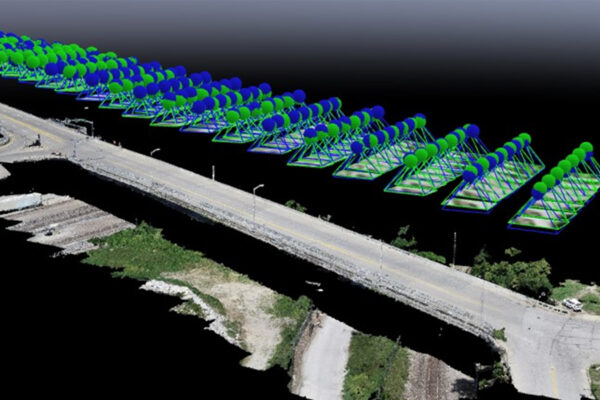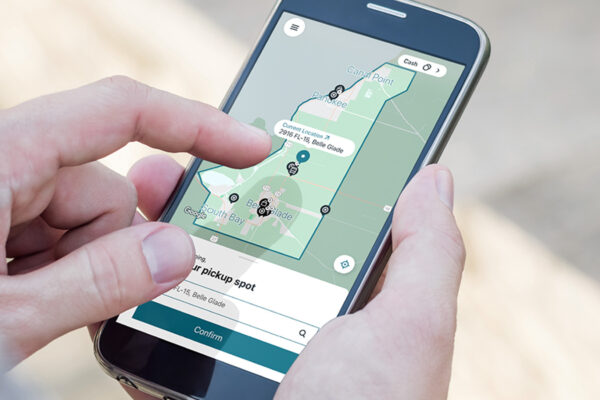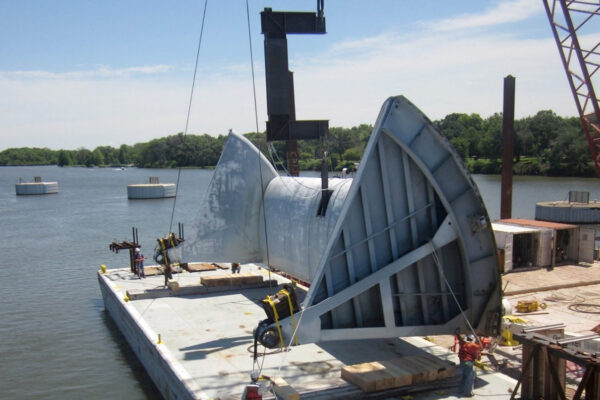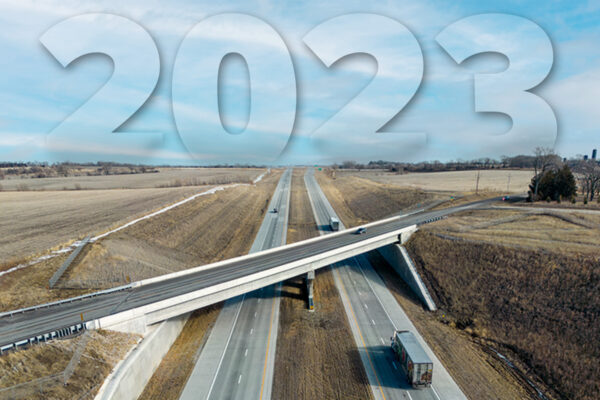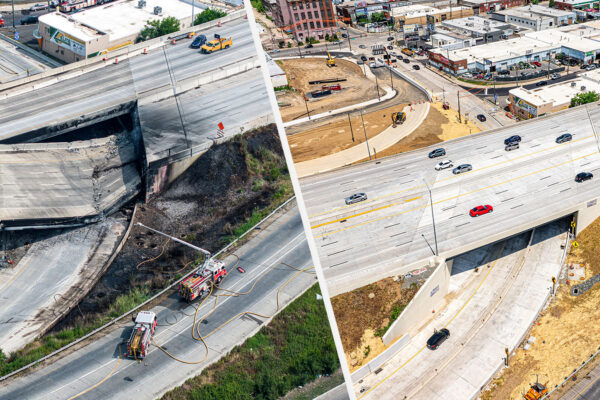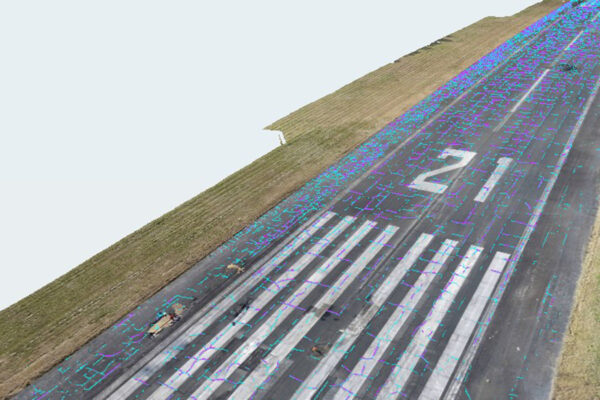Leveraging Asset Management to Support Data-Driven Decision Making
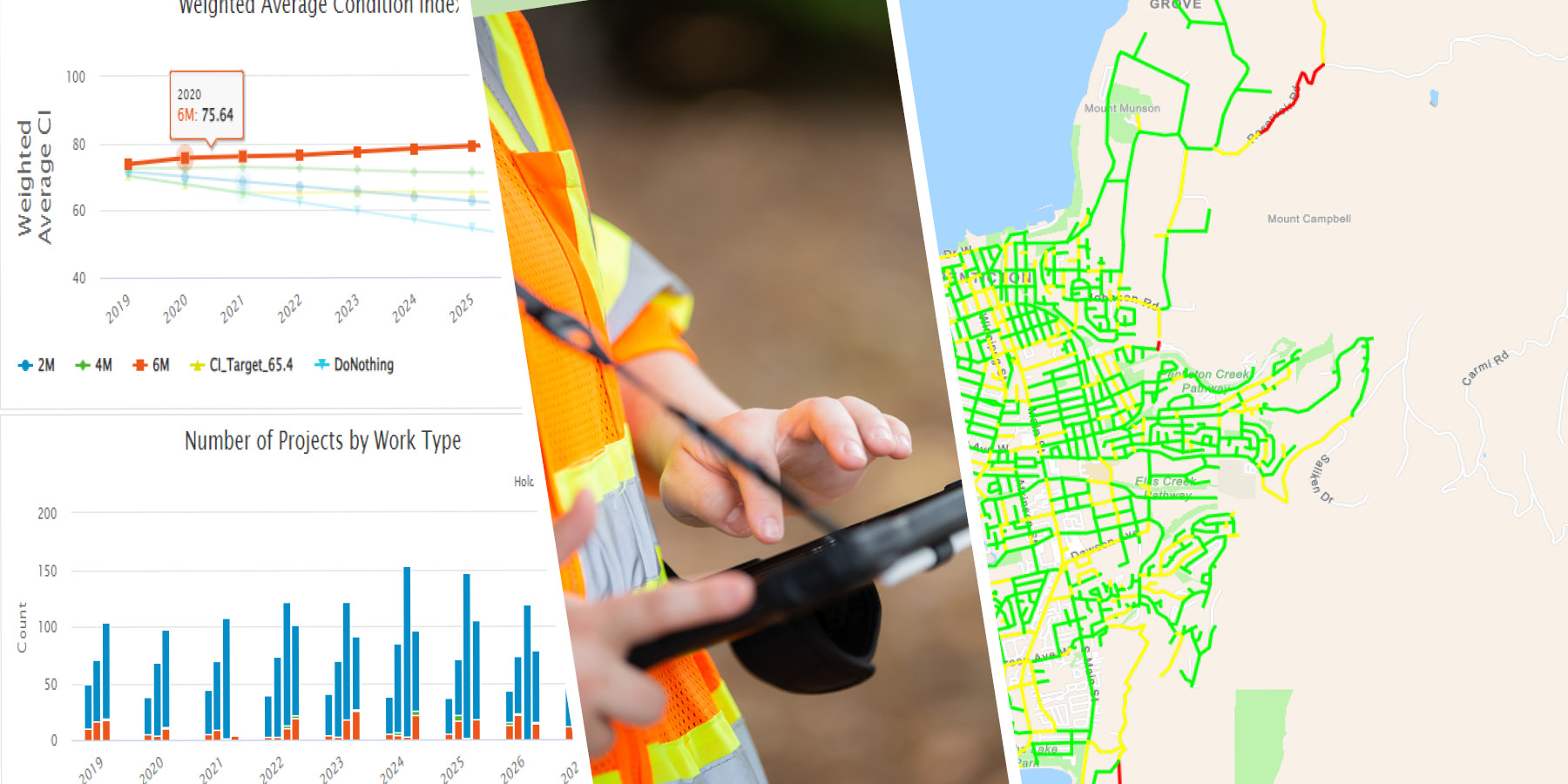
As America’s infrastructure ages, state and local agencies are faced with countless decisions on if, when and how to replace the assets their communities rely on each day. A lack of accurate and accessible data means officials are often forced to make decisions without knowing the long-term impacts to community services and budgets.
Benesch’s Chris Harker lends his nearly 20 years of expertise to explain how Asset Management programs have the ability to not only provide greater insight into the condition of vital assets, but also how data-driven decision making can extend the life of any public asset and maximize available dollars for infrastructure improvements.
When working with clients on their asset management programs, I always encourage them to look at the bigger picture. By thinking about the services an asset provides to the community and the value of that service, we start to see the impact that even small decisions can have, such as increased frequency of street cleaning or updating an organizational SOP.
With an asset management program in place, decision makers are able to access and analyze data to fuel informed, objective decisions. Time and time again, I’ve seen communities benefit from this approach. When leveraged properly, the data collected from inspections has both short and long-term benefits. In the short term, maintenance crews can address immediate infrastructure repair needs, adjust signal timing, or identify system defects. Long-term benefits include predictive modeling of network performance to enhance CIP planning, mitigating environmental impacts to achieve sustainability initiatives, and ensuring regulatory compliance and adherence to standards over the life of an asset.
In Kansas City, MO, we worked with the City to develop an asset management approach that would provide a data-driven path to maintaining, preserving and extending the operational lives of their bridges. By streamlining the data collection and having it automatically upload into their system, we were able to develop a comprehensive understanding of what assets they have, their current condition, and the actions and/or investments required to maintain desired performance levels. Using condition forecasting methods, we created models to identify preservation and repair activities that can extend the planned service life of an asset—sometimes by up to 50 years. With over 700 structures in their inventory, the ability to forecast and predict funding needs, whether for an individual replacement or systemwide maintenance, is critical to identifying shortfalls and pursuing federal grant assistance when advantageous. Having this program in place will serve the city for years to come as they continue to make repair and replacement decisions.
Aside from these more direct benefits, data-driven decisions can ensure objectivity and garner more public trust. By leveraging your asset management program to provide insight into the condition of your community’s assets as a whole, you are able to remove some of the subjectivity involved in decision making. If a resident asks why a stop sign was replaced across town rather than in his neighborhood, you have access to data that supports your decision. You are able to offer a transparent, data-backed answer. Over time, we’ve seen this improve how the public views the agencies making these decisions.
Now, you’re probably thinking ‘this sounds great, but how am I supposed to get all this data?’ That’s where a comprehensive asset management program comes in—and often when cities start calling Benesch. In order to make data-backed decisions, you need a system in place for collecting, accessing and analyzing information on the condition of your asset network. Moving to a digital system for collecting inspection data is typically the first step. Moving from traditional pen-and-paper inspection notes to a tablet that automatically syncs to the database has the power to save manhours, tons of CO2 and thousands of pages of paper. From there, we can use the data to consider the community impact of all assets and develop a program using condition forecasting methods that is proactive rather than reactive.
At the end of the day, this generation’s challenge is to repurpose what we have for the future. That means taking a look at the condition of our community’s assets and making the best possible decisions regarding maintenance. What we’ve learned is that making those decisions is a lot easier when you have the data at your fingertips.
Follow Benesch on LinkedIn for the latest news and insights from our experts.


